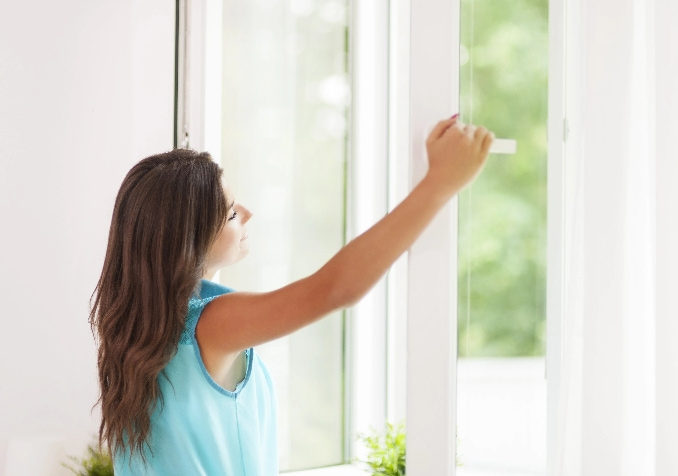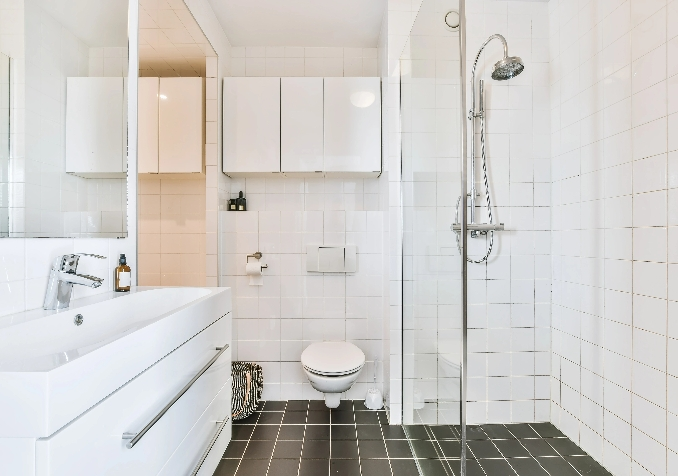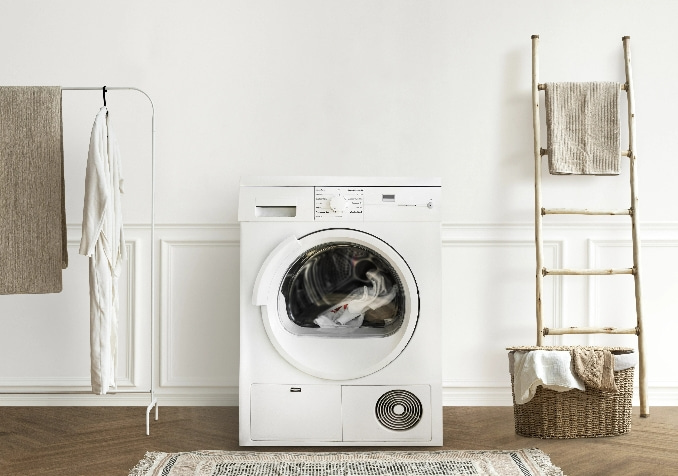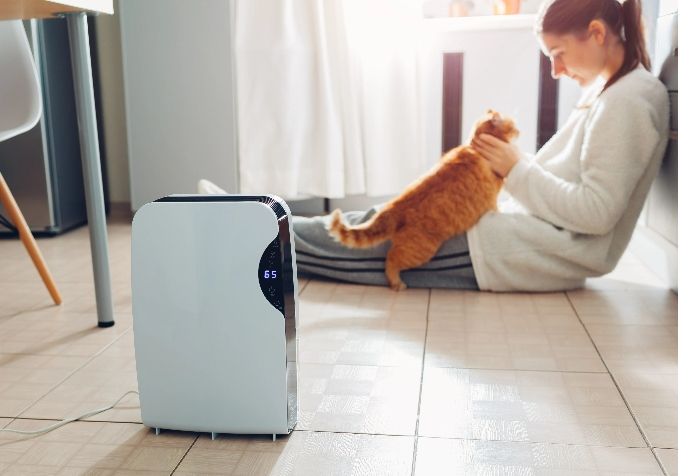5 Tips to Better Ventilate Your Home
Published on Apr 25, 2022

Australia has been experiencing record rainfall these past couple of months.
Wet conditions create dampness in your home, which, when combined with poor ventilation, is a surefire recipe for mould.
Here are some easy ways to better ventilate your home.
The Benefits of Better Ventilation

Firstly, these are a few key reasons why better air circulation is so important for your home.
- Mould prevention: Mould needs moisture to grow – by improving ventilation, you’re reducing moisture and helping to prevent mould infestation.
- Can remove dust mites: Dust mites absorb moisture from the air so in areas with low humidity, dust mites cannot survive.
- Your home will smell better: That damp, almost yeasty smell is synonymous with poor ventilation. Better air circulation will have your home smelling fresh in no time.
- It’s healthier: Adequate ventilation with outside air can help reduce the concentration of airborne contaminants, such as viruses, indoors. Better indoor air quality is also beneficial for asthma and allergy sufferers.
5 Tips to Instantly Increase Ventilation
1. Open Those Windows

Yes, we know this is fairly obvious, but you’d be surprised how many people forget to let their homes breathe.
If it is still raining a little outside, even opening them up a crack can make a difference. If the sun is shining, open all of your windows right up to make the most of the fresh air circulating through your home. Just don’t forget to close them if that pesky rain returns.
Keep windows slightly ajar overnight if you can, too.
2. Better Ventilate Your Bathroom

Bathrooms are a haven for mould growth for a couple of reasons.
Firstly, the steam your hot bath or shower accumulates creates condensation, which collects on your walls and in the crevices of your tiles and grout.
Condensation occurs when moist air comes into contact with a colder surface like a wall, window, or your tiles.
Secondly, most bathrooms have smaller (or no) windows, making proper airflow tough.
Here’s what you can do.
- You should always run an exhaust fan while you’re bathing or showering and leave the fan running for at least 10 minutes after you have left the bathroom.
- Wipe down surfaces after you’ve had a shower if you notice any condensation.
- Replace towels often. Overly damp towels contribute to the humidity in your bathroom.
3. Cook Smarter

As it is usually located in the centre of your home, ventilating is easier in your kitchen than in other areas like the laundry or the bathroom.
It is most important that you ventilate while cooking given the amount of heat and steam that can be generated while you’re making your favourite meal.
Use your cooktop exhaust fan if you have one or open windows while you’re cooking to keep the air flowing. If neither of these options is doable, run a pedestal fan in the kitchen while you cook. Any extra airflow will help!
4. Ditch the Dryer

With the amount of heat generated by your dryer in what is usually a confined space, it’s no wonder running a dryer inside creates a massive amount of condensation.
With winter on the horizon, your dryer is likely about to get a workout but try to avoid using it when you can.
Open any windows that you can while drying.
If you have a portable drying line, leave it outside. Drying clothes inside on the line creates a moist environment, promoting mould growth.
5. Invest in an Air Purifier or Dehumidifier

If you have minimal windows, doors in tricky places or limited exhaust fan options, you may want to think about an air purifier or dehumidifier.
So, what’s the difference? An air purifier circulates air through a filter that traps airborne pollutants and irritants like dust, smoke and pollen. A dehumidifier sucks in moisture and reduces humidity levels in the air, rapidly decreasing the chances of mould.
Air purifiers are a great option if someone at home suffers from allergies or asthma and are much more affordable than they used to be.
This article on dehumidifiers will give you a good insight into whether a dehumidifier is a good fit for you.
Do your research on what is the right option for you. Although there will be an initial cost, a damp home is much harder to heat than a dry one, so by ventilating properly, you'll save on the cost of heating, especially as the weather gets cooler.




